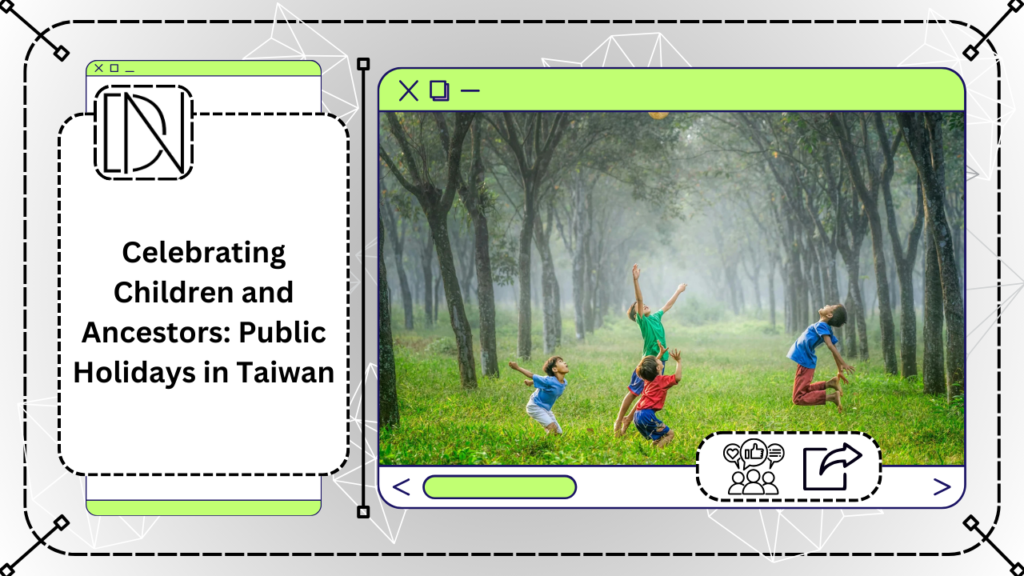
When it comes to creating visually appealing and engaging online experiences, two key disciplines come into play: web design and graphic design. While they may seem similar, each field has its own unique focus and purpose. In this article, we will explore the relationship between web design and graphic design, and how they work together to create stunning websites.
The Basics of Graphic Design
Graphic design is the art of creating visual content to communicate messages. It involves using typography, images, colors, and layouts to convey information and evoke emotions. Graphic designers work on a wide range of projects, including branding, packaging, print materials, and digital graphics.
Introduction to Graphic Design
Graphic design is the art and practice of planning and projecting ideas and experiences with visual and textual content. It plays a critical role in shaping perceptions, conveying messages, and enhancing user experiences. For anyone looking to delve into the world of graphic design, it’s important to grasp the fundamental principles that drive this creative field.
Key Elements of Graphic Design
The backbone of good graphic design rests on several key elements that work together harmoniously. These include:
1. Typography: Typography involves the style and appearance of text. It encompasses font choice, size, spacing, and arrangement to ensure readability and convey the desired tone.
2. Color: Color selection plays a critical role in evoking emotions and setting a visual tone. Understanding color theory helps designers create visually appealing and effective designs.
3. Images and Graphics: High-quality images and graphics are essential for engaging viewers and complementing the textual content. They enhance the overall design by providing visual interest.
Principles of Graphic Design
Beyond elements, certain principles dictate how these elements should be used to create balanced and effective designs. The main principles include:
1. Alignment: Ensuring elements line up properly creates a polished look and helps guide the viewer’s eye across the design.
2. Contrast: Using contrasting colors, shapes, and sizes can make elements stand out and add visual intrigue.
3. Balance: Balance can be symmetrical or asymmetrical, ensuring no one part of the design overpowers other parts.
Understanding and employing these basic elements and principles can drastically improve the quality of your graphic design projects. Whether you are a beginner or looking to refine your skills, mastering these basics is a step towards creating compelling and professional designs.
Graphic designers are skilled in creating visually appealing designs that capture the essence of a brand or convey a specific message. They have a deep understanding of color theory, composition, and visual hierarchy. Their work is often focused on creating static visuals that can be used across different mediums.
The Role of Web Design
Introduction to Web Design
In today’s digital age, web design plays a pivotal role in establishing a strong online presence. Businesses and individuals alike must recognize the importance of web design in creating a user-friendly and effective website. A well-designed website can significantly impact user experience, SEO rankings, and overall brand perception.
Enhancing User Experience
One of the primary roles of web design is to enhance user experience. A website must be easy to navigate, visually appealing, and responsive across all devices. Good web design ensures that users can find information quickly and effortlessly, leading to increased engagement and higher conversion rates. By focusing on elements such as layout, color schemes, typography, and accessibility, designers can create a seamless experience for visitors.
Boosting SEO and Visibility
Effective web design is also crucial for search engine optimization (SEO). Search engines prioritize websites that provide a positive user experience, fast loading times, and mobile compatibility. By incorporating best practices in web design, such as clean code, optimized images, and relevant keywords, businesses can improve their search engine rankings and attract more organic traffic. This visibility is essential for reaching a broader audience and growing online presence.
Building Brand Identity
Lastly, web design plays a significant role in building and reinforcing brand identity. A consistent and professional design helps establish trust and credibility with visitors. Everything from the logo, color palette, and imagery should align with the brand’s values and message. When users encounter a well-designed website, they are more likely to associate it with a reputable and reliable business, thus enhancing brand loyalty and recognition.
Web design, on the other hand, is specifically focused on creating websites and online experiences. It encompasses both the visual aspects and the functionality of a website. Web designers need to consider user experience, navigation, and responsiveness when designing a website.
Web designers work closely with developers to bring their designs to life. They create wireframes and prototypes to visualize the layout and structure of a website. They also consider factors such as load times, mobile optimization, and accessibility to ensure a seamless user experience.
The Intersection of Web Design and Graphic Design
The Importance of Web Design and Graphic Design
In today’s digital world, where web design meets graphic design, the synergy between the two has never been more important. Both fields play crucial roles in creating compelling and engaging online experiences. Web design focuses on the structure and functionality of websites, while graphic design emphasizes visual creativity and aesthetic appeal. Together, they ensure a seamless blend of beauty and usability, which is essential for attracting and retaining visitors.
Key Elements of Effective Web and Graphic Design
Effective web design incorporates several key elements, including layout, color schemes, typography, and navigation. These elements work together to create an intuitive and visually pleasing user experience. On the other hand, graphic design elements such as imagery, custom icons, and branding elements provide a visually appealing backdrop and enhance the website’s overall aesthetic. When harmonious, these elements contribute to a cohesive and engaging online presence.
Creating a Unified Visual Identity
Achieving a unified visual identity is a goal where web design meets graphic design. A consistent visual language across all digital platforms helps build brand recognition and trust with users. Designers must collaborate closely to ensure that visual elements such as fonts, colors, and imagery are consistent and aligned with the brand’s identity. This collaboration not only enhances the user experience but also strengthens brand loyalty.
The Future of Web and Graphic Design Collaboration
As technology continues to evolve, the lines between web design and graphic design will continue to blur. Emerging trends such as interactive design, motion graphics, and AI-powered design tools are transforming the way designers work together. By staying current with these trends and continuously learning new skills, designers can continue to push the boundaries of what’s possible and create truly memorable digital experiences.
While web design and graphic design are distinct disciplines, they often intersect in the realm of website creation. A well-designed website requires both strong graphic design elements and effective web design principles.
Graphic design plays a crucial role in web design by creating visually appealing graphics, logos, and icons that enhance the overall aesthetics of a website. These elements help establish a brand identity and create a cohesive visual experience for users.
Web design, on the other hand, focuses on how these graphic elements are integrated into the website. Web designers consider factors such as layout, navigation, and user interaction to ensure that the website is both visually appealing and user-friendly. They also optimize graphics for web use, considering factors such as file size and resolution.
The Importance of Collaboration
Introduction to Design Collaboration
In today’s digital landscape, the collaboration between web design and graphic design is more crucial than ever. This synergy results in not only visually appealing but also highly functional websites and applications. Understanding the importance of this partnership can significantly enhance your online presence.
Enhanced User Experience
One of the primary reasons why web and graphic designers should work closely is to ensure a seamless user experience. Graphic designers bring their expertise in visual storytelling, while web designers focus on usability and functionality. Together, they can develop solutions that are both aesthetically pleasing and intuitive.
Brand Consistency
The collaboration between web design and graphic design also guarantees brand consistency across various digital platforms. Graphic designers understand the nuances of brand identity, and their inputs can ensure that the website reflects the brand’s ethos accurately. On the other hand, web designers ensure that these elements are incorporated seamlessly into the site’s architecture.
Increasing Engagement and Conversion Rates
Engaging visuals and a well-thought-out layout can significantly improve user engagement and conversion rates. This is where the collaboration between graphic and web designers comes in handy. By integrating eye-catching graphics with user-friendly navigation, the designers can create a website that retains visitors and encourages them to take action.
Conclusion: A Symbiotic Relationship
The collaboration between web design and graphic design is not just beneficial but essential in creating a successful online presence. This symbiotic relationship ensures that both visual appeal and functional efficiency are achieved, resulting in a product that meets and exceeds user expectations.
For a successful website, collaboration between graphic designers and web designers is essential. Both disciplines bring unique skills and perspectives to the table, and working together ensures that the final product is visually appealing, functional, and aligned with the brand’s goals.
Graphic designers and web designers need to communicate effectively and understand each other’s requirements. They should collaborate from the initial concept stage to the final implementation, ensuring that the design is consistent across different devices and platforms.
Conclusion
Understanding the relationship between web design and graphic design is crucial for creating visually stunning and user-friendly websites. While graphic design focuses on creating visual content, web design brings that content to life on the web. Collaboration between graphic designers and web designers is key to creating successful online experiences that engage and delight users.












